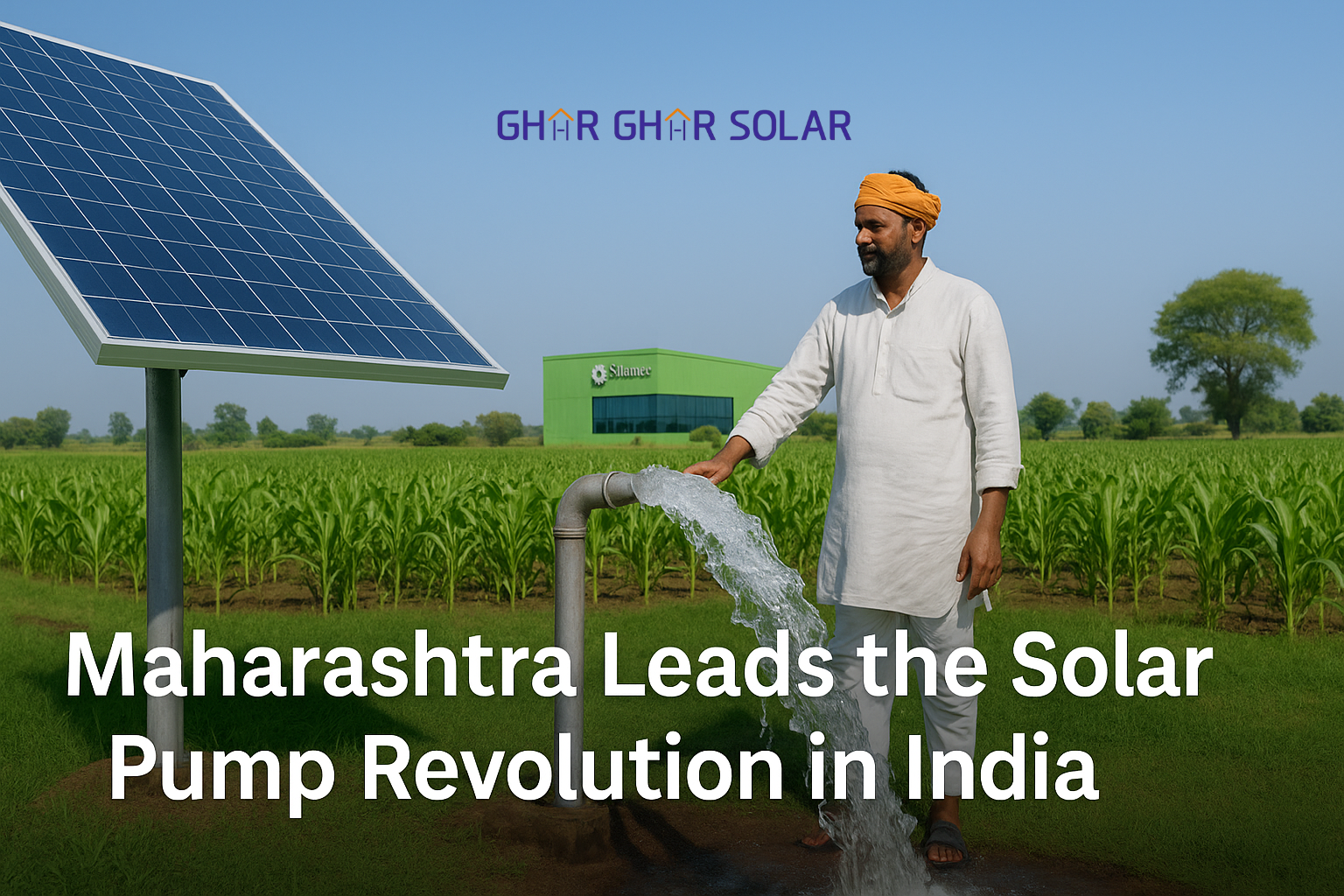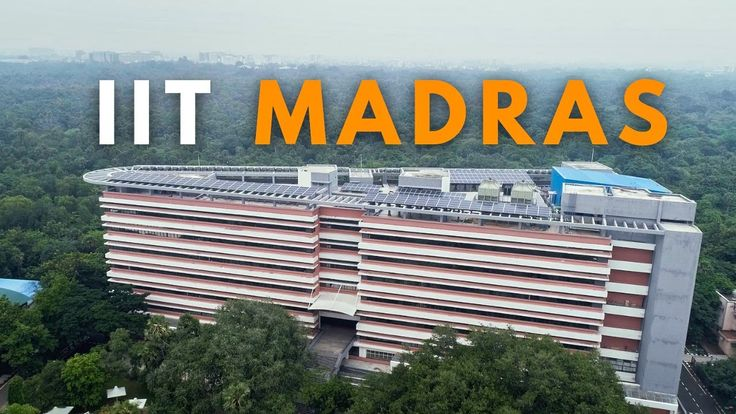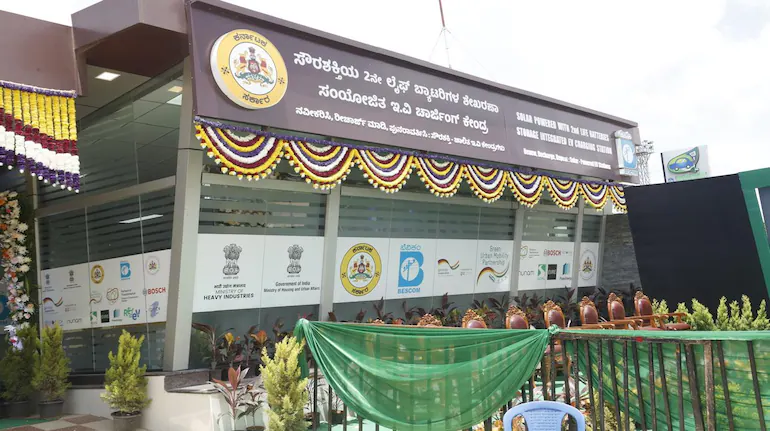Maharashtra has turned out to be the highest solar pump implementer in India and following the release of a record number of more than 5 lakh solar pumps in the state in just two years, it is yet another huge achievement to the green energy and sustainable farming industry. This performance surpasses all scores of individual Indian states together and it becomes a pivotal point in the clean energy movement of the country.
It is not only a rural infrastructure that will be created under this rollout but this is also changing farmers, making them less carbon intensive by cutting down emissions and making Maharashtra a state that takes a higher designation in terms of social status of an energy independence state.
Why Solar Pumps are a Month changer in Indian Agriculture
Indian agriculture has been based on diesel or unreliable grid power to fuel irrigation systems, which is costly and also environmentally hazardous besides variable production. All these problems are however eliminated by solar powered irrigation pumps, which can provide:
- Free and reliable daytime power
- Zero fuel cost, reducing long-term expenditure
- Lower carbon emissions and pollution
- Independence from fluctuating electricity availability
- Better water and crop cycles
These offers are transformative to the drought prone and semi-arid parts of Maharashtra.
Mukhyamantri Saur Krishi Pump Yojana: The Motor
This feat has been phenomenally made possible in large measure by way of the Mukhyamantri Saur Krishi Pump Yojana, which is one of the most prominent state schemes, under which the solar pumps have been handed over to the small and the marginal farmers at a heavily subsidized rate. Key highlights:
- Solar pumps have been installed even in remote off-grid location
- Up to 95% subsidy for eligible farmers
- Focus on tribal, drought-hit, and economically weaker regions
- Promotes energy equity across the state
The scheme not only ensures energy access but also creates rural jobs in the solar value chain—from installation to maintenance.
Solarization of Government Buildings by December 2025
Taking its solar commitment further, Maharashtra has announced an ambitious plan to transition all government buildings to solar energy by December 2025. This includes administrative buildings, state-managed schools and colleges, public hospitals and health centres, as well as Panchayat and municipality offices. According to the Maharashtra Energy Department, this will save crores in power bills and promote green governance.
Ensuring Sustainability of India Renewable Energy Goals
This leadership by Maharashtra is arriving in a timely manner when India is fast catching up on its clean energy goals. The central government also wants to set 30 million solar pumps under the PM-KUSUM scheme by 2030. The success of Maharashtra is evidence that clear policy frameworks, on-ground execution, and public-private cooperation can make these goals a reality.
The state’s model is now being looked at as a replicable blueprint by other states.
Conclusion: A Greener, Self-Reliant Rural Future
Maharashtra has transformed a clean energy aspiration into the real impact on the grass. It has demonstrated that solar power is not only the reserve of urban centers or industries but rather it is available in every village, every farm and every household by integrating policies interested in farmers, technology and its infrastructure.
And the shift to solarize government structures is protesting a renewable, green energy future to which Maharashtra is committed long-term.



